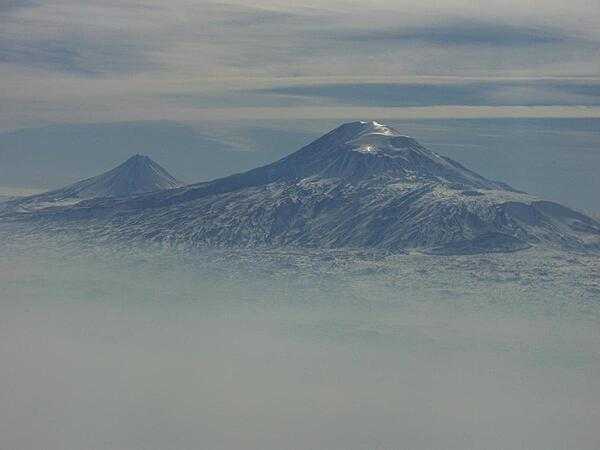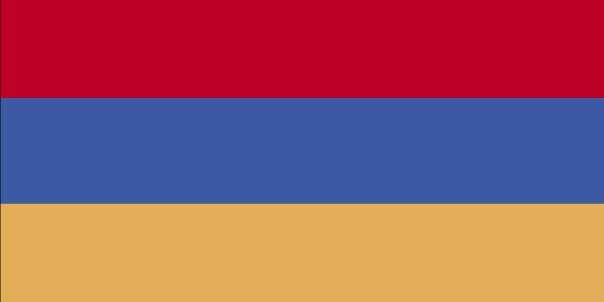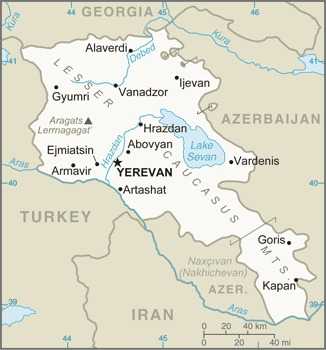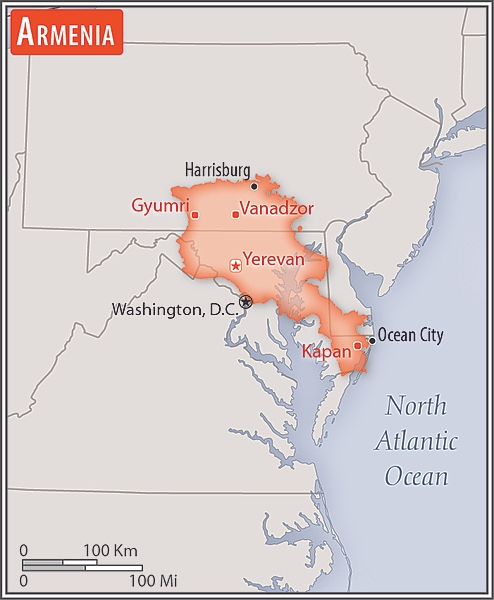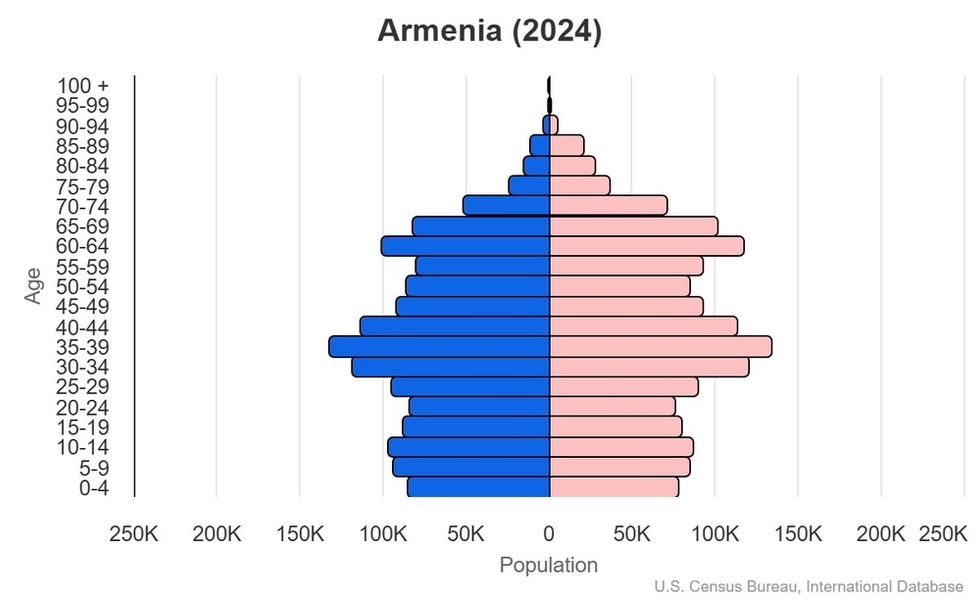Introduction
Visit the Definitions and Notes page to view a description of each topic.
Geography
People and Society
Population
comparison rankings: total 139; male 139; female 138
Languages
Median age
comparison ranking: total 70
Population growth rate
comparison ranking: 217
Birth rate
comparison ranking: 177
Death rate
comparison ranking: 42
Net migration rate
comparison ranking: 204
Maternal mortality ratio
comparison ranking: 125
Infant mortality rate
comparison ranking: total 115
Life expectancy at birth
comparison ranking: total population 102
Total fertility rate
comparison ranking: 172
Obesity - adult prevalence rate
comparison ranking: 101
Alcohol consumption per capita
comparison ranking: total 99
Tobacco use
comparison ranking: total 57
Children under the age of 5 years underweight
comparison ranking: 87
Education expenditure
comparison ranking: Education expenditure (% GDP) 176
Environment
Carbon dioxide emissions
comparison ranking: total emissions 122
Government
Economy
Real GDP (purchasing power parity)
comparison ranking: 115
Real GDP growth rate
comparison ranking: 26
Real GDP per capita
comparison ranking: 101
Inflation rate (consumer prices)
comparison ranking: 8
GDP - composition, by sector of origin
comparison rankings: agriculture 87; industry 106; services 79
Industrial production growth rate
comparison ranking: 29
Labor force
comparison ranking: 134
Unemployment rate
comparison ranking: 169
Youth unemployment rate (ages 15-24)
comparison ranking: total 31
Gini Index coefficient - distribution of family income
comparison ranking: 134
Public debt
comparison ranking: 108
Taxes and other revenues
comparison ranking: 34
Current account balance
comparison ranking: 129
Reserves of foreign exchange and gold
comparison ranking: 110
Debt - external
comparison ranking: 67
Energy
Electricity
comparison rankings: installed generating capacity 97; consumption 117; exports 64; imports 108; transmission/distribution losses 82
Energy consumption per capita
comparison ranking: 90
Communications
Telephones - fixed lines
comparison ranking: total subscriptions 103
Telephones - mobile cellular
comparison ranking: total subscriptions 137
Broadband - fixed subscriptions
comparison ranking: total 93
